How we’re saving our threatened Aussie species
It’s estimated three billion animals died in the Black Summer bushfires - and well-meaning but ill-informed volunteers killed even more. But new technology is helping solve the problem.
An app designed to stop well-meaning bushfire volunteers killing the animals they were trying to save is one step closer to development, thanks to a grant from Landcare.
In the aftermath of the Black Summer bushfires, an enthusiastic but ill-informed member of the community dropped hundreds of sugary peanut butter oat balls onto a fireground in Victoria, potentially poisoning wallabies.
Others left out containers of water that small reptiles later drowned in, as the containers had no access or egress points.
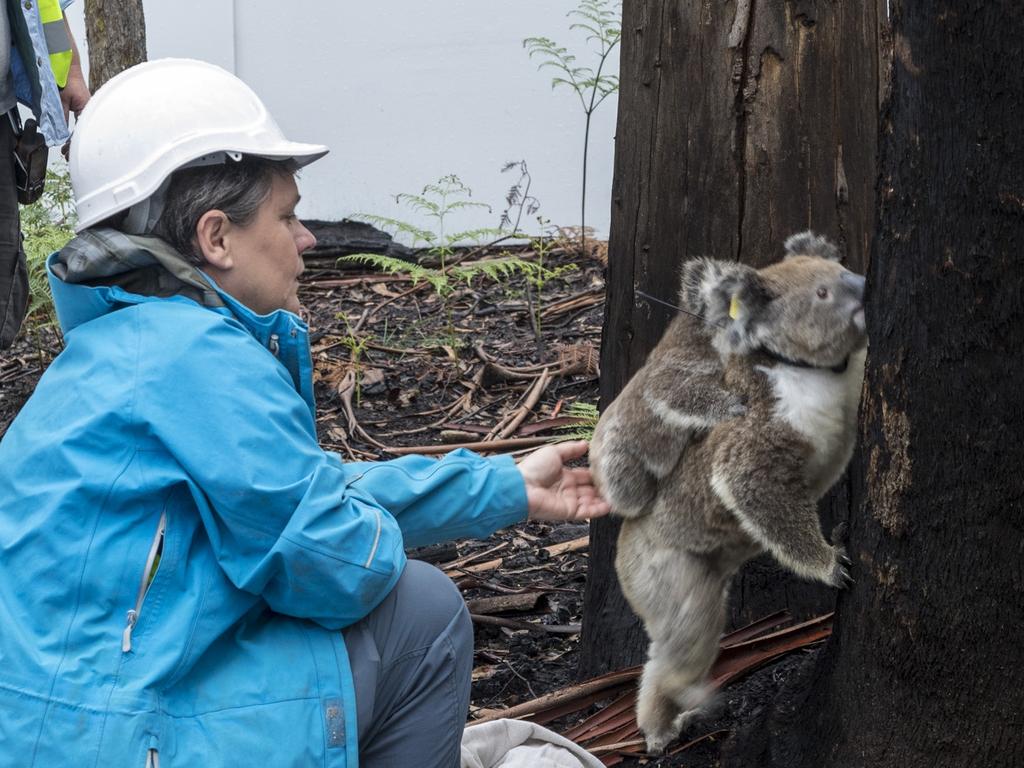
Such errors added to the already massive death tolls from the fires. The World Wide Fund for Nature estimated some three billion animals were killed or displaced during the Black Summer.
The Wildlife Near Me site and app, which will be tailored for residents of the Blue Mountains, is one of more than 100 projects around the country to be awarded a Landcare grant.
With a hopeful rollout at the end of this year, Wildlife Near Me is being designed to provide would-be volunteers with scientifically-proven information that could help save native species.
Dr Kellie Leigh, CEO of Science for Wildlife, said communities were often highly motivated to assist in bushfire recovery, but the app would “meet a critical need” for better information.
“It will enable the strategic co-ordination of information so everyone knows where the gaps are,” she said.
“During the fires there was a lot of misinformation on Facebook. People were putting foods out that were inappropriate, or putting water out in the wrong way.”
“There’s a lot of information out there that people don’t have access to. So this is putting the science back into ‘citizen science,’ to a degree,” Dr Leigh said.
GIVING SPECIES A SHOT

Native species on Kangaroo Island have been given a better shot at survival after seven separate conservation projects were awarded grants from Landcare.
The projects range from measures to control feral pigs and cats, to the installation of nesting boxes for populations of birds, bats and pygmy possums decimated by the Black Summer bushfires.
Dr Topa Petit from the University of South Australia said the western pygmy possum on the island was “quite resilient,” but there had only been one sighting of a little pygmy possum since the fires.
“The little pygmy possum was quite cryptic and rare to start with, and most of its range was burnt,” she said.
“I’m sure there are some individuals left, but the population would have been very seriously affected. There were just a few areas that were unburnt and we’re really counting on those small patches of land.”
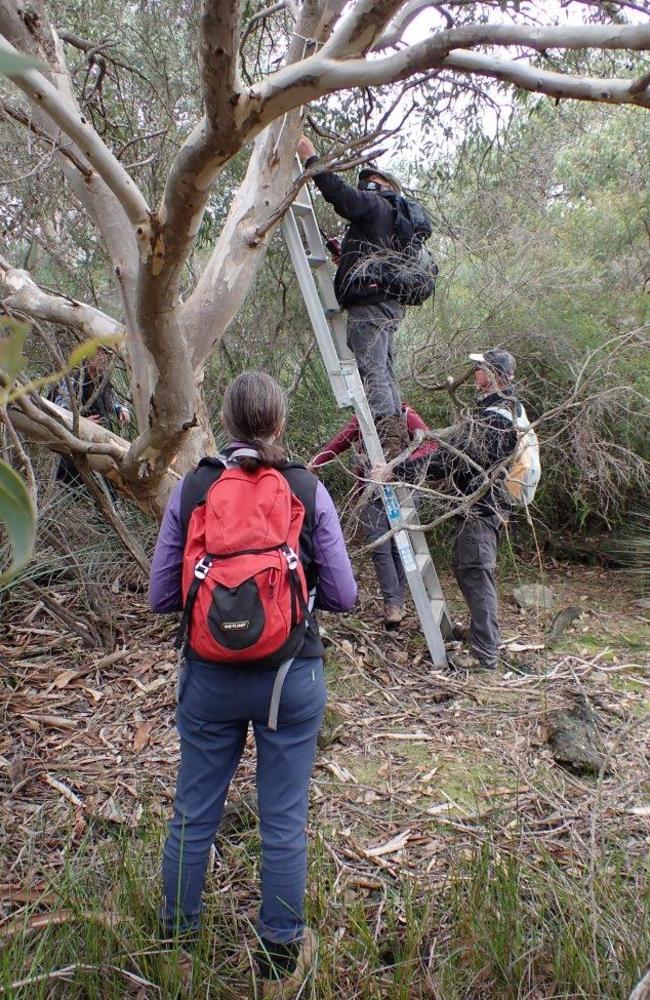
There was a similar lack of baseline data about the local bat populations, Dr Petit said.
“We were doing the first ever survey of bats on Kangaroo Island just when the fires hit. We knew there were seven species on the island, but we didn’t know much more than that,” she said.
The project has been engaging a lot of residents, but Dr Petit said it had been very hard on them.
“Everybody’s really exhausted and traumatised by the fires. So this grant is really fundamental to keep the project going,” she said.
HI-TECH APPROACH
A Queensland University of Technology program that uses a unique combination of drones and artificial intelligence to monitor koala populations in the wake of the Black Summer bushfires could be a “game changer” for ecological management around the world.
Koala populations in southeastern Queensland were devastated by the 2019 and 2020 bushfires, but recent drone reconnaissance has found signs of recovery in some burnt areas.
“Soon after the bushfires there were areas where there were only bones left,” said QUT Associate Professor Grant Hamilton.
The recent signs of population recovery were “really heartening,” he said, but the beloved species still faced massive threats because of the increasing rate and intensity of bushfires.
The QUT drone project is one of more than 100 bushfire recovery projects to be awarded new grants through Landcare.
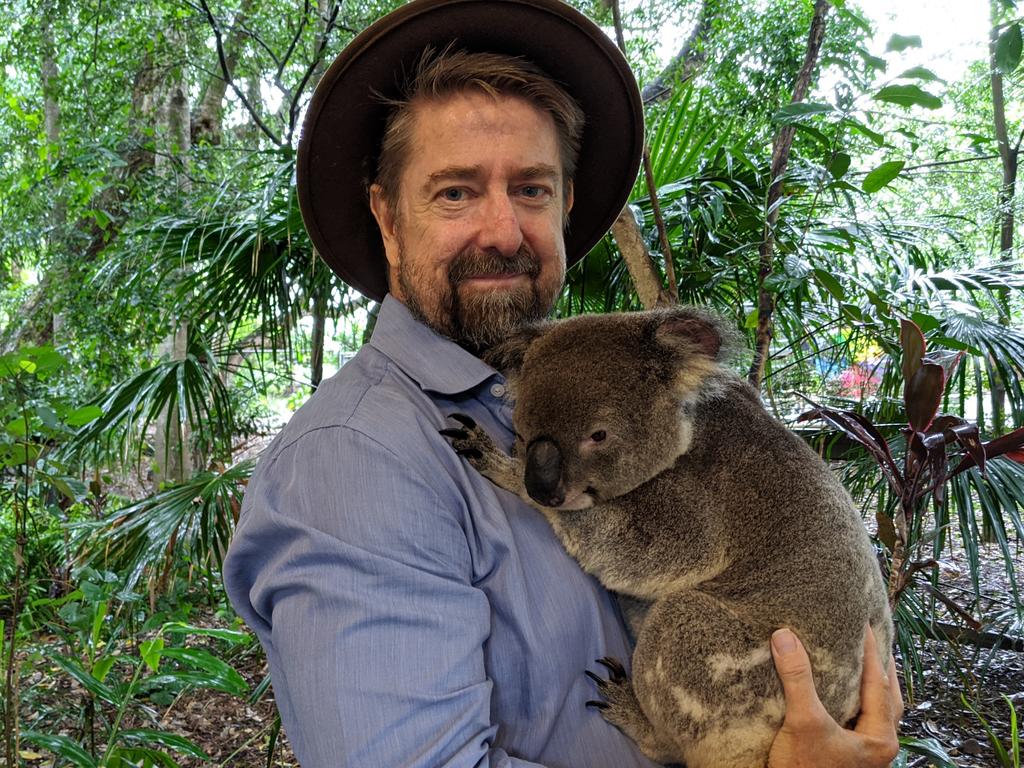
Assoc Prof Hamilton said drones allowed researchers to cover a wider area, and were “considerably more accurate than even ground spotters”.
“With boots on the ground you might cover five or ten hectares in a day,” he said. “But with drones we can cover 50 hectares in a couple of hours.”
The drones take thermal pictures about 60 metres above the ground, and artificial intelligence is used to determine whether the “little blobs” captured on film are in fact koalas.
The AI currently had 86 per cent accuracy and was getting better all the time, Assoc Prof Hamilton said.
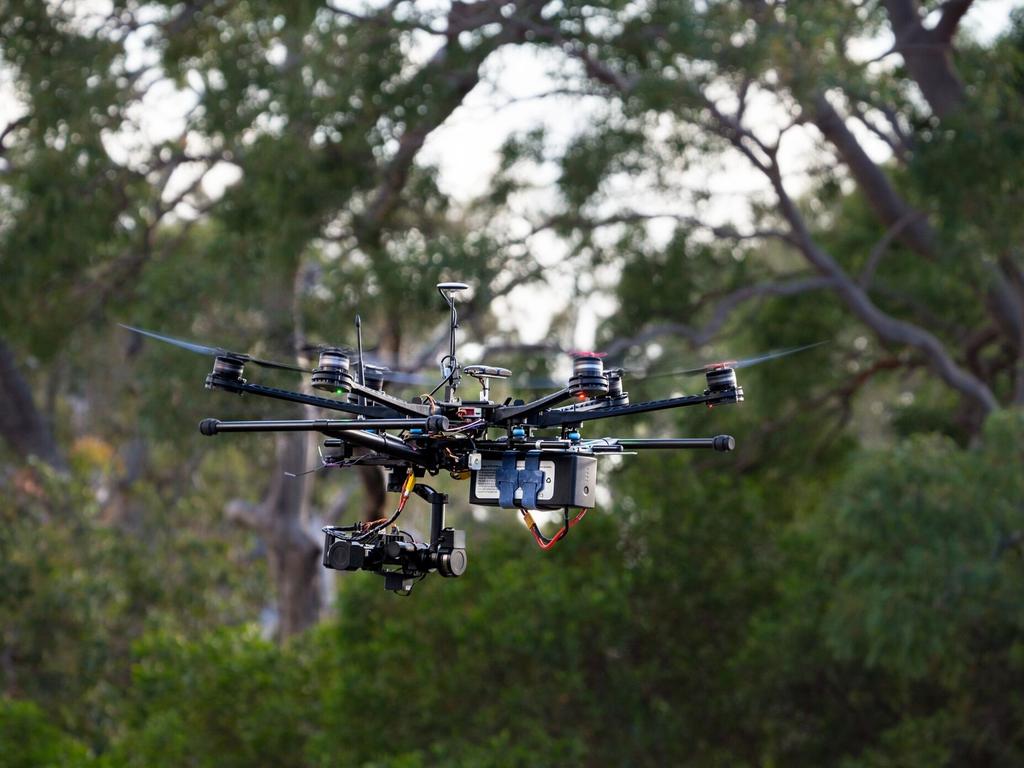
Besides Queensland, the world-first model of data collection had already been used in northern NSW and Kangaroo Island, and it could be applied anywhere native species were under threat, he said.
“There’s absolutely no reason why we couldn’t partner with people from California, Germany or Vietnam. The game changer is the combination of using technology with this model of working with data collection groups,” Assoc Prof Hamilton said.
HUNTING FOR THE LOST SPECIES
They’re the ultimate “little guys” – just a few centimetres across, and so small in number they may have been wiped out completely by the Black Summer bushfires.
But now a hardy band of ecologists and volunteers are on the hunt for seven possibly lost species of butterfly in the Gippsland area.
While drones are being used elsewhere to track native mammal populations under threat, such
hi-tech approaches are not so useful in this case. These butterfly hunters only have their eyes and local knowledge to guide them.
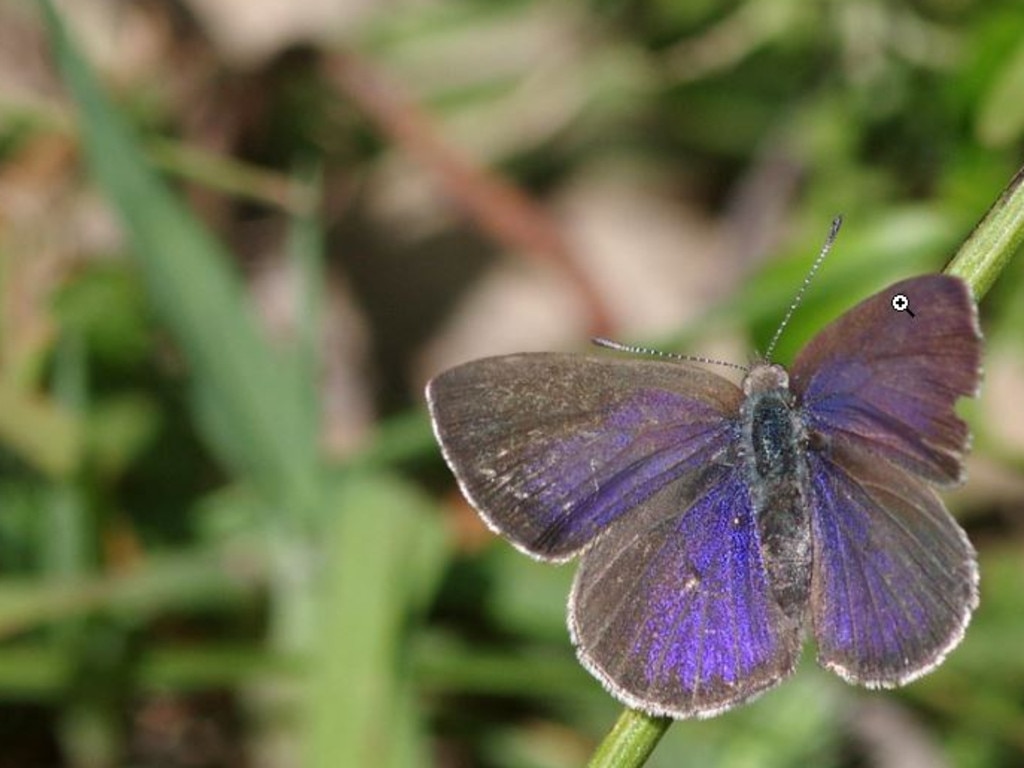
“Our data on these species is decades and decades old,” said Abi Smith from the Threatened Species Conservancy, an organisation established specifically to champion the endangered animals who might otherwise slip through the conservation net.
“Invertebrates don’t get a lot of attention,” Ms Smith said. “The Threatened Species Conservancy was set up to make sure these non iconic species that are threatened are not being left behind.”
The search for the missing butterfly species is not expected to be easy, with each one having a different range and set of behaviours.
“Some have close associations with ant species or host plants, so we’ll locate the host plants or look for the ants and then search for the species,” Ms Smith said.
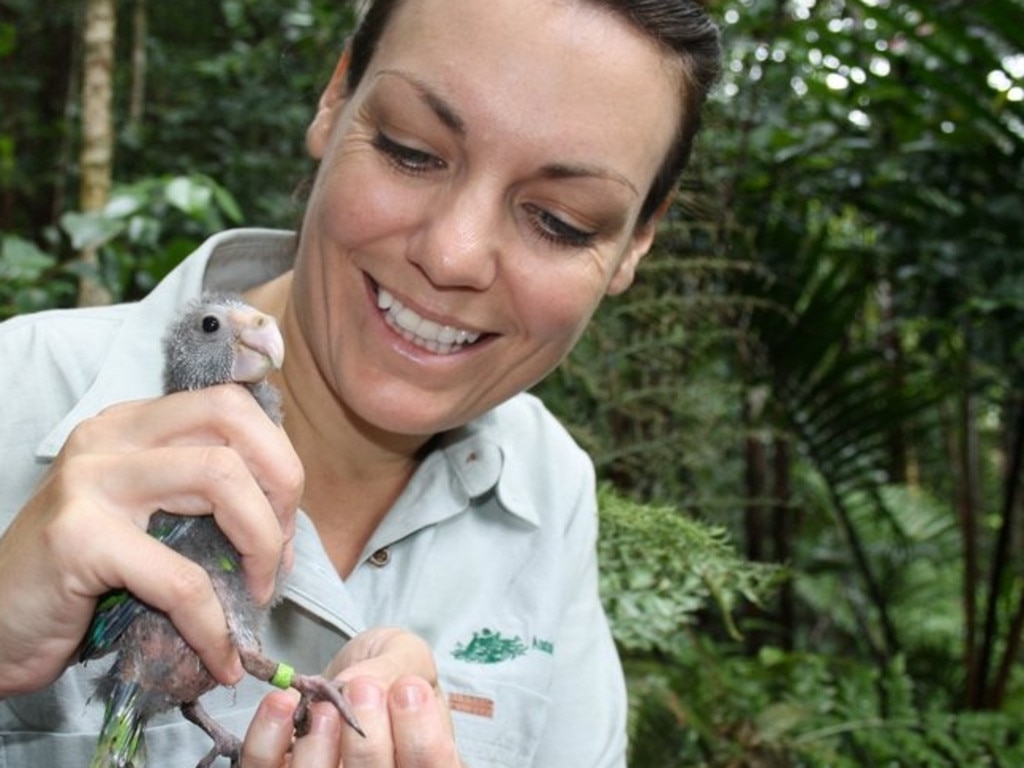
Higher points in the landscape might also prove fruitful, she added, as butterflies sometimes congregate in such places to mate – a behaviour known as “hilltopping”.
While the odds of finding the seven lost species are uncertain, miracle comebacks are not unknown among Australian natives. This year alone, a type of bee not seen in 100 years was spotted in Queensland, and a fish that’s so rare it has already been declared extinct twice was rediscovered in northern Victoria.
‘WE ARE ALREADY SEEING RESULTS’
Environment Minister Sussan Ley said the 111 winning projects were part of a $14 million government commitment to deliver on-ground activities to aid in the recovery of native wildlife and habitat in seven regions severely impacted by the Black Summer bushfires.

“Landcare Australia and the National Landcare Network are co-ordinating the grant projects, located in the worst bushfire impacted areas – from southeast Queensland to the NSW north and south coasts, the Blue Mountains, Australian alpine areas, East Gippsland and Kangaroo Island,” Ms Ley said.
“We are already seeing results from swift practical actions on the ground like the installation of hollows for species that lost their habitat in the fires, pest weed and feral animal control and erosion management.”
According to a World Wide Fund for Nature estimate, three billion animals may have been killed or displaced by the Black Summer bushfires.
More Coverage
Originally published as How we’re saving our threatened Aussie species




